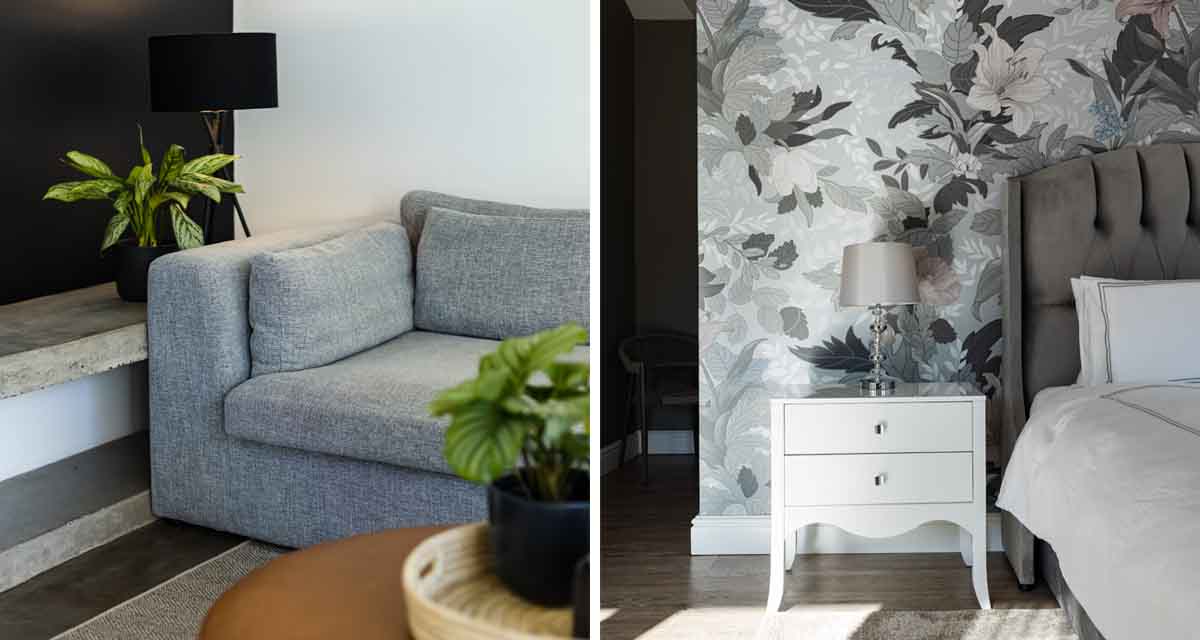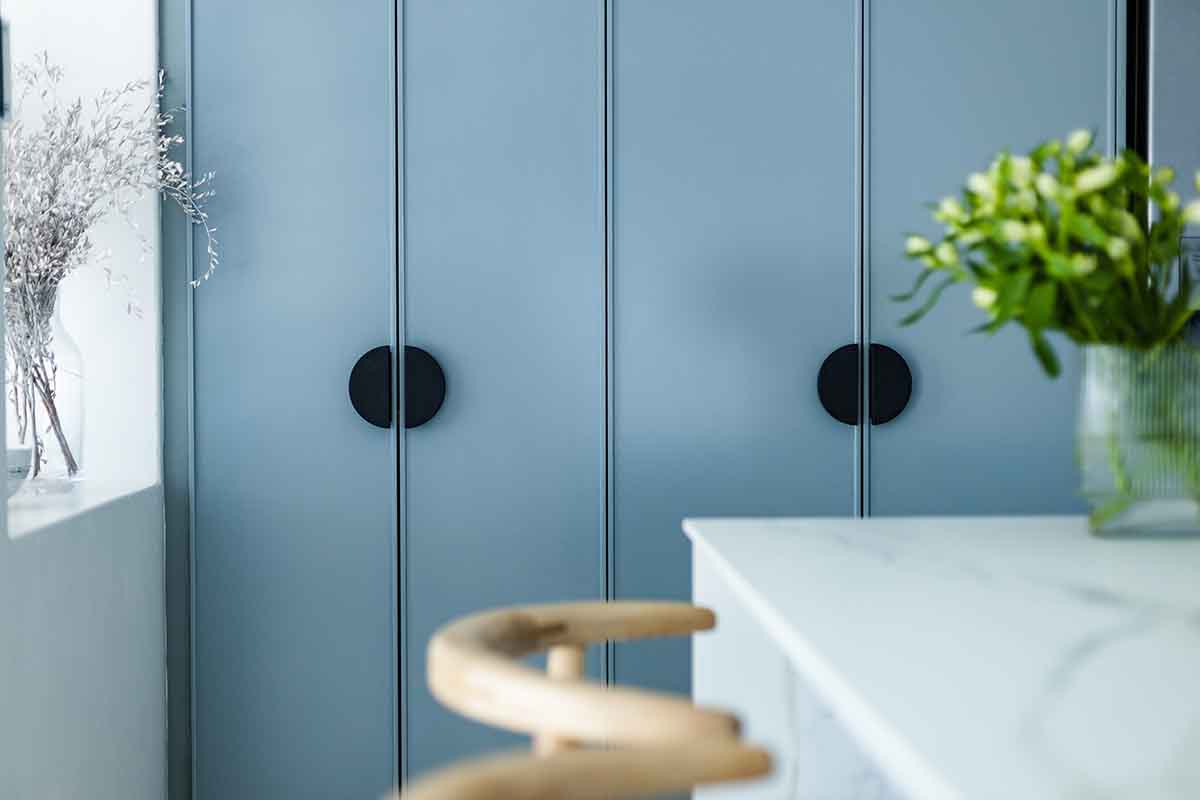If you’ve been following along for a while, you will know that here at The home Studio we are all about making interior design affordable and approachable, and hand-in-hand with that comes implementing cost-effective interior design solutions into our projects.
We believe that it is totally possible to achieve those “designed” interior styles and looks that you see on Instagram, Pinterest and many of your favourite design magazines, without breaking your budget.
Let us talk you through the process.
01. Planing, Planning and More Planning
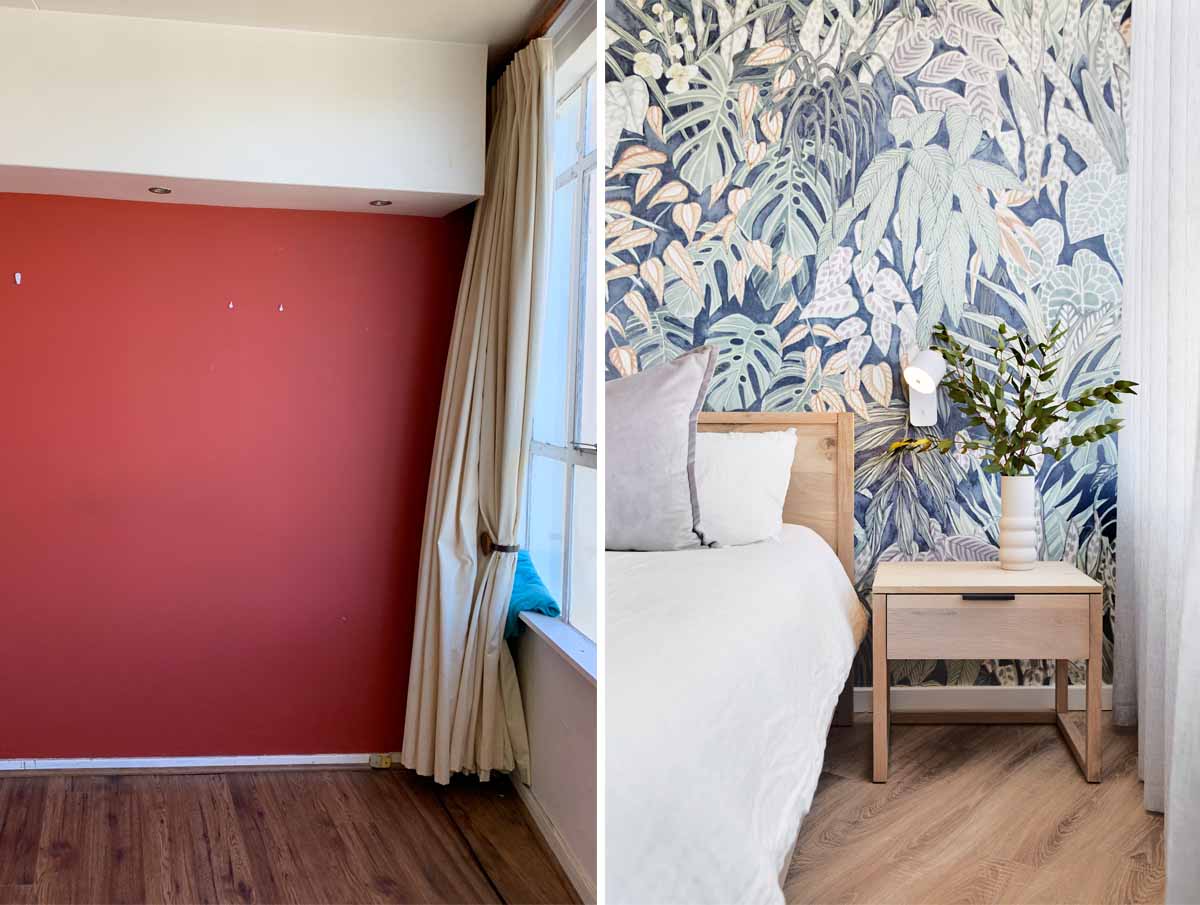
Start planning for your project long before you ever start the work or purchase anything for your interior project!
One of the classic phrases we hear from our clients is that they didn’t think through theirdesign properly, and now they are having to redo it. This of course means double the work and double the cost! It’s a tough pill to swallow knowing you could have saved yourself a ton of cash if you had just planned properly before starting the work.
This applies to something as seemingly simple as deciding on the layout of your living room and taking measurements before buying yourself a new sofa, all the way through to considering the layout of a new kitchen.
To ensure that you maximise your budget you should be detailing and costing every element included in your project, as well as deciding which of those elements you are happy to save on and those you would like to splurge on. Planning for all phases of your design project upfront is essential in understanding where your money is going to be spent, and what your options are. This will also help you see whether your design goals are realistic.
A planned approach will not only help prevent you from making hasty last-minute decisions or impulse furniture purchases, which typically result in a lot of regret and wasted budget, but it will also save you a lot of stress throughout the process.
02. Create The Vision
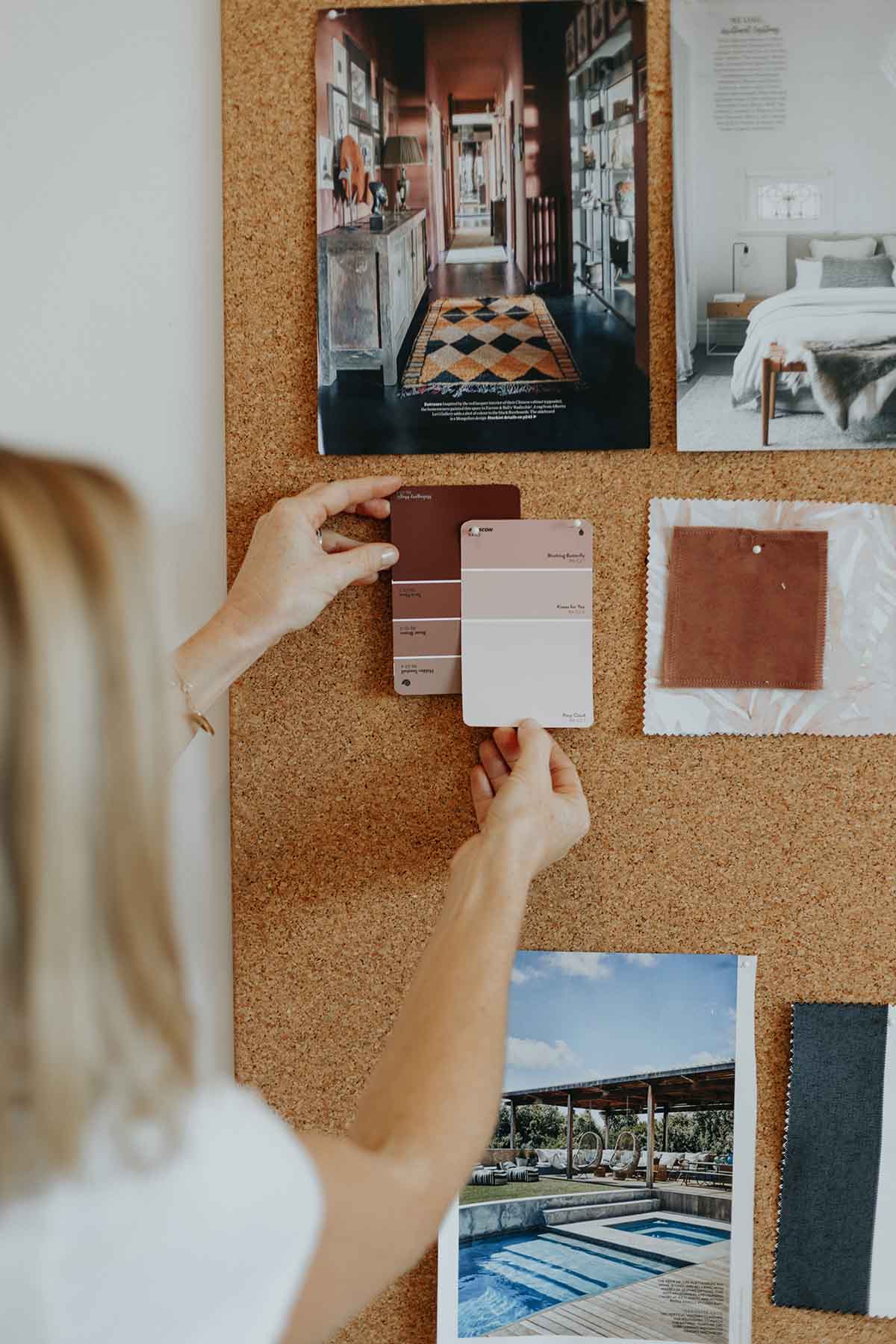
While you could technically consider this part of the planning process, we cannot stress enough the need for a coherent design plan.
Mood boards, concept boards, inspiration boards – call them what you will, but don’t forget about them! It doesn’t matter if you’re planning for your dream home that may take another 15 years to come about, or working towards your living makeover, it is never too early to start collecting inspiration. The more you collect the more you’ll tap into your exact vision.
As designers we know that getting our clients involved in the design process from the start makes a huge difference to the outcome. A picture is worth a thousand words and mood boards are the ideal tool create that picture for our clients. In the long run this also creates less back and forwards and removes the potential for frustration when everyone has the same vision and end goal in mind.
When it comes to creating your own boards, remember to cover all the elements you’ll need in your space – colour, finishes, furniture and lighting – so that your board is representative of the overall style you are looking to create.
If you are struggling to make a decision on a finish, referring back to your board will help clear your mind. With this base in place you’ll be able to progress to selecting your finishes and planning the furniture pieces you are looking to incorporate into your space.
Your mood board is not only key to saving you money in the long run, it will also help you achieve a better design result.
03. Create A Base That Suits YOUR Design Style
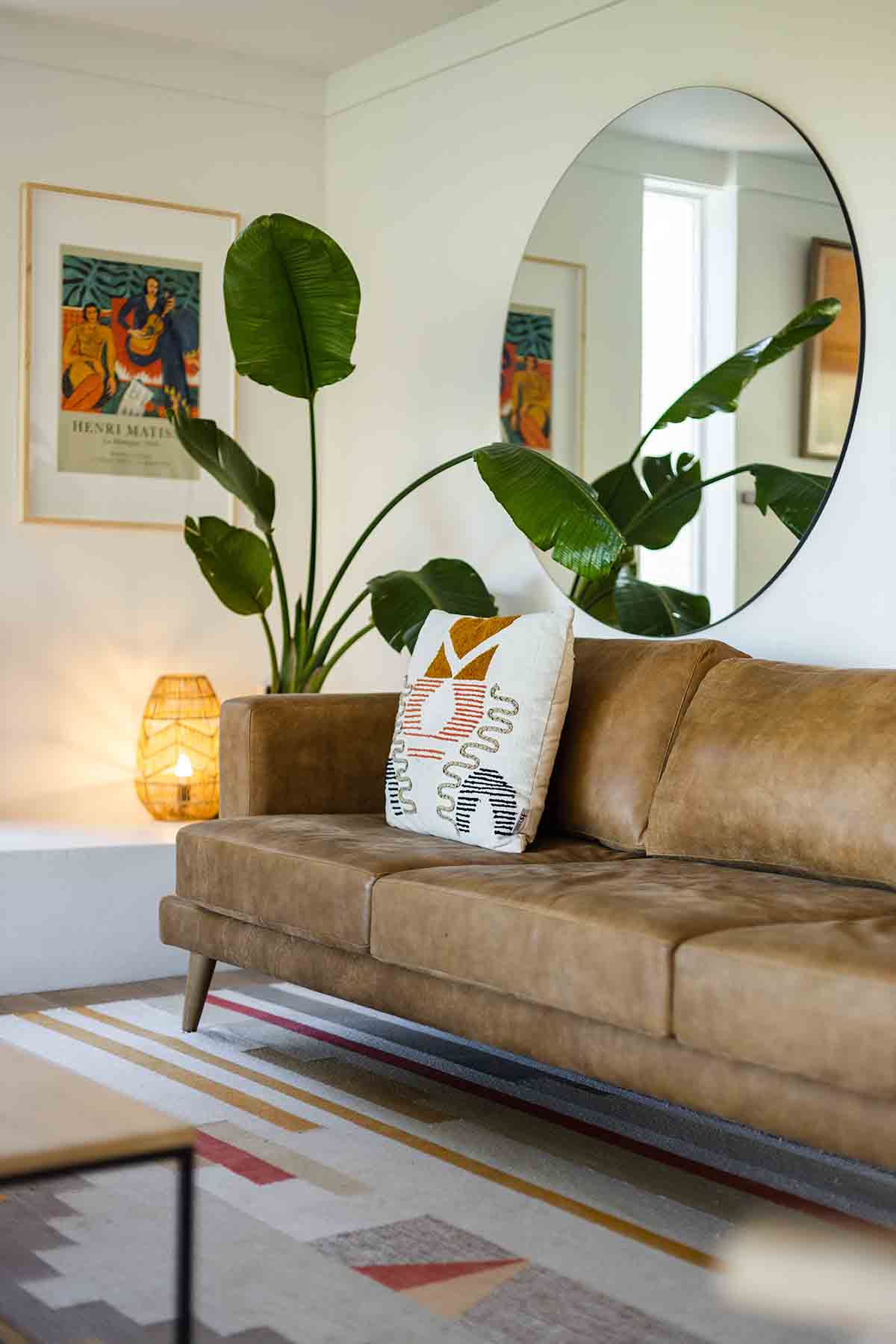 It’s really easy to tell our clients to create a base setting in neutral tones with timeless pieces, to help your home stand the test of time and to avoid re-buying pieces that you quickly ‘get over’.
It’s really easy to tell our clients to create a base setting in neutral tones with timeless pieces, to help your home stand the test of time and to avoid re-buying pieces that you quickly ‘get over’.
What is more important, however, is that you create an interior design style and base that suits both your personal design preferences and how you live and use your space. For some people, yes that does include predominantly bringing in the basic neutrals of whites, greys and black colours. Others may prefer to be surrounded by lots of colour, and the design process includes how best to incorporate those colours in a timeless way.
If you have followed the process, you will have already defined your design style through your concept and design boards. It’s at this point that we can really help guide our clients on which elements to go bold with and which elements to choose the “safer” option.
04. Less Really Is More
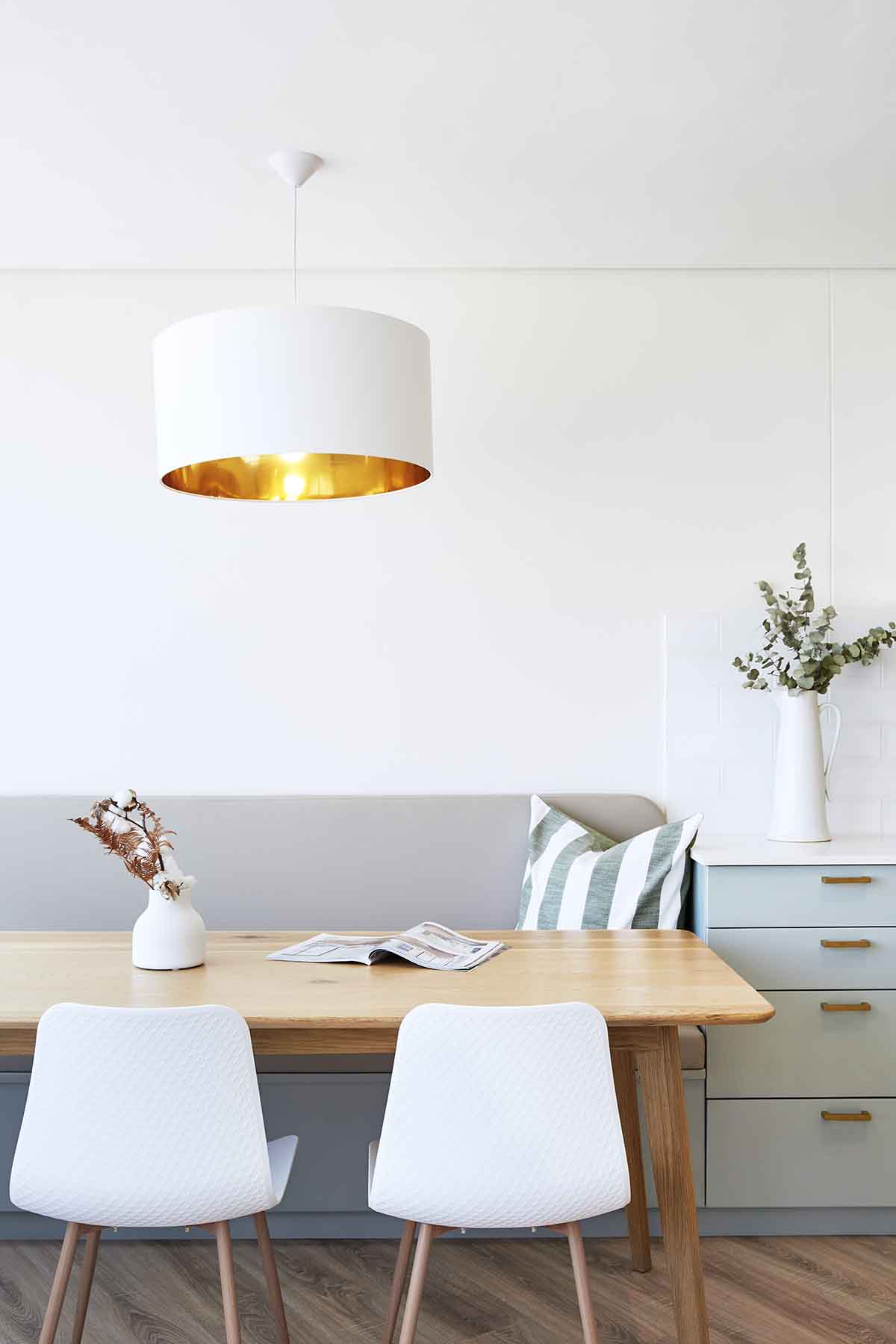 You might have heard us say this before, but less really is more when it comes to finishing and furnishing your home. It’s not necessary to completely fill up a room to make it feel welcoming and inviting. You also need to consider texture, depth, colour and materials to pull the space together.
You might have heard us say this before, but less really is more when it comes to finishing and furnishing your home. It’s not necessary to completely fill up a room to make it feel welcoming and inviting. You also need to consider texture, depth, colour and materials to pull the space together.
One or two quality and feature pieces are often all you need to pull the space together, while an uncluttered setting allows these pieces to shine.
05. Mix High + Low
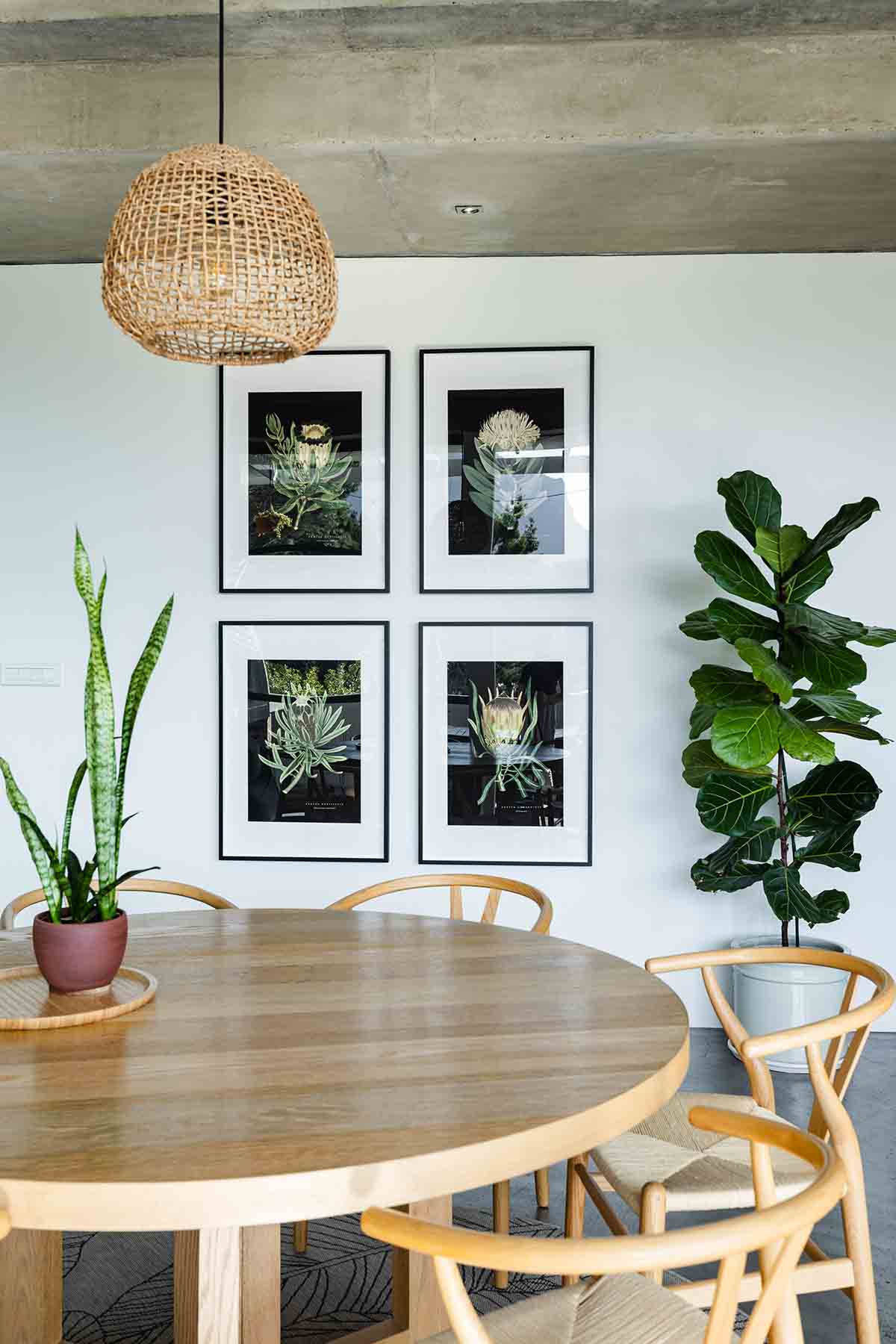
We love a high / low mix throughout a space – meaning mixing budget items in with those slightly more expenny options – all of which personalise your space and help your budget go further.
This applies to fixtures and any other features you are looking to bring into your home. We often save premium elements for your favourite or most used spaces – like kitchens, the main bedroom and bathroom, and these days your home office. There is no shame in using the cost effective solutions in the kids bedrooms and bathrooms, playroom and even a lesser used dining space.
If you consider this approach for your finishing decor and accessories, it also gives you flexibility to switch up colours and styles during seasonal change, or as little people grow.
As part of your planning process, having a focussed approach on which spaces you want to splurge on and which you wish to save on, can result in a designed home for a lot less.
06. Design Is In The Details
The small finishing details are often the hero of a room design. This includes the style of any joinery doors, door handles and pulls, mirrors – whether practical or feature, and your lighting choices and placement.
Having the patience and foresight to think through these details will have a large impact on your space, for a relatively small cost.

